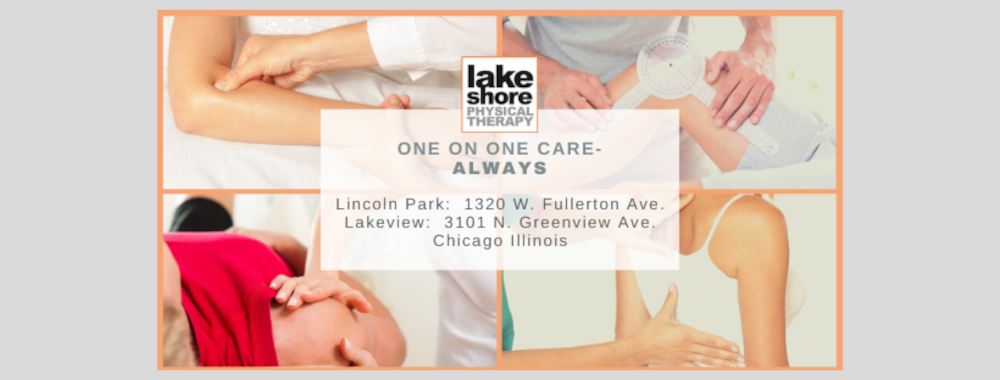 |
| by Lauren Sweeney, Office Manager |
However, all those health benefits don’t mean much if you injure yourself on the road! Here are some great stretches to keep those cycling muscles in top condition.
Shoulder External Rotation with Band: Hold elbows at your side, squeeze your shoulder blades together. Keeping that position slowly rotate hands out from each other. Should feel back of shoulders (rotator cuff muscles) and muscles between shoulder blades (middle trapezius and rhomboid muscles) working.
Standing Quad Stretch: Standing up tall and squeezing shoulder blades back, pull ankle toward back of hip. Should feel stretch on front of thigh (quadriceps muscle).
Doorway Pec Stretch: Standing up stall, squeeze shoulder blades back, put one foot in front
of the other and slowly lean forward until a stretch is felt in front of shoulders (pectoralis muscle).
The pec and quad stretches will help offset the crouched cycling body position, and the shoulder external rotation with band promotes keeping the shoulder blades back for optimal positioning.
Some other tips:
- Make sure your grip on the handlebars is firm but relaxed. Change hand positions often and remember to keep your wrists straight.
- Keep elbows slightly flexed to reduce shoulder strain.
- Make sure your seat is properly adjusted to reduce knee strain. Most cycling shops offer custom fittings and can help you find the right height.
If you have other concerns about your body before you start cycling, you can always ask a physical therapist! Our therapists are always happy to offer their expert opinions to ensure that your ride is smooth and pain-free.
References:
Ingrid J M Hendriksen, Monique Simons, Francisca Galindo Garre, Vincent H Hildebrandt. The association between commuter cycling and sickness absence. Prev Med. 2010 Aug;51(2):132-5.
Anders Grøntved, Robert W. Koivula, Ingegerd Johansson, et al. Bicycling to Work and Primordial Prevention of Cardiovascular Risk: A Cohort Study Among Swedish Men and Women. Journal of the American Heart Association. 31 October 2016; 5:e004413.



